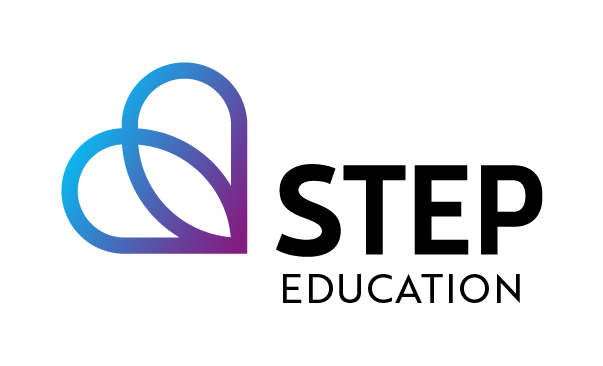Completing a vocational qualification and acquiring competence
Completing a vocational qualification
You will be drafted a personal competence development plan (PCDP). The plan includes an agreement on how you will acquire the required competence in different learning environments and what kind of guidance and support you need. You may complete the entire qualification or units thereof. The duration is individual, on average 1–3 years. The training is implemented as day and evening teaching.
The competence acquired in a vocational qualification is shown in demonstrations. Competence demonstrations are organised at workplaces in real working life situations. Competence assessment is done by a teacher and workplace representative together. A vocational qualification confers a general eligibility for higher education studies in universities and universities of applied sciences.
Take a look at the Vocational education and training (VET) in Finland.
Acquiring competence
You may acquire competence in a variety of ways. In working life, you can acquire competence either based on an apprenticeship agreement or a training agreement or by flexibly combining the two during your studies. An apprenticeship agreement requires a suitable workplace and employment contract to complete the qualification. A training agreement does not require an employment relationship. You can also acquire competence in contact teaching, online studies and any other agreed manner.
Costs
The completion of a vocational qualification is free.
Apprenticeship training
Studying at the workplace is either based on apprenticeship or on training agreement. Both can be flexibly combined. Learning at work can be used to acquire competence in all vocational qualifications as well as other training advancing or supplementing vocational skills. Studying at the workplace can cover an entire degree, a module or a smaller part of the studies.
In apprenticeship, most of the competence will be acquired at the workplace through practical work tasks and will be reinforced in other learning environments if needed. The student, education provider and employer agree on the arrangements on the apprenticeship together. The apprenticeship is based on a fixed-term contract between the student and the employer. The student is a full-time worker and receives pay.





